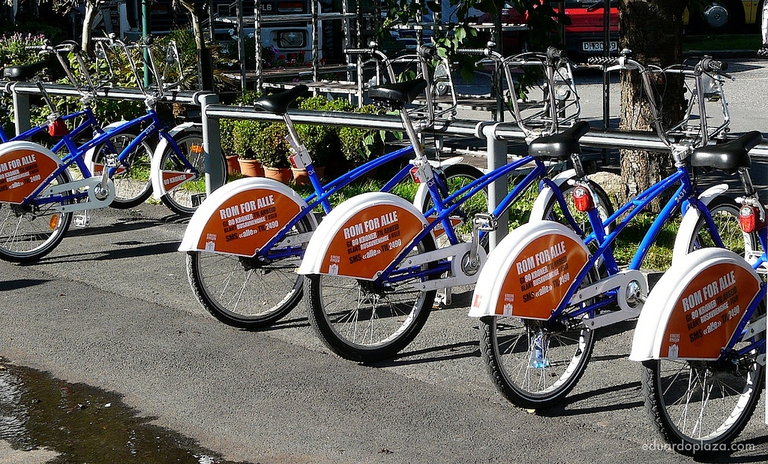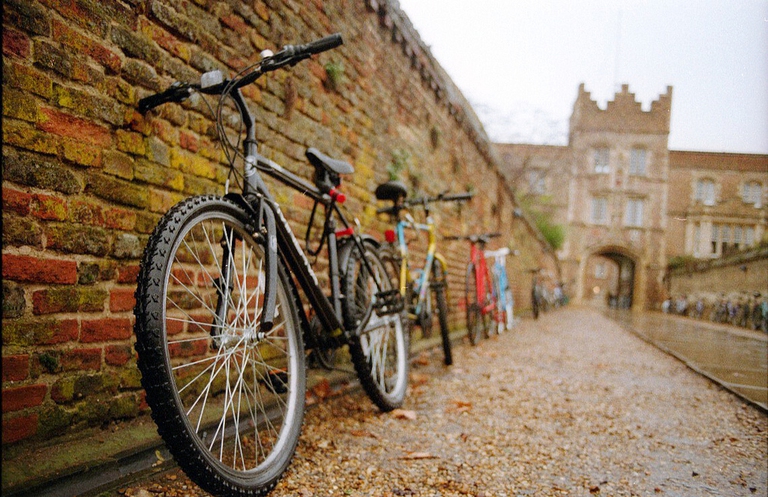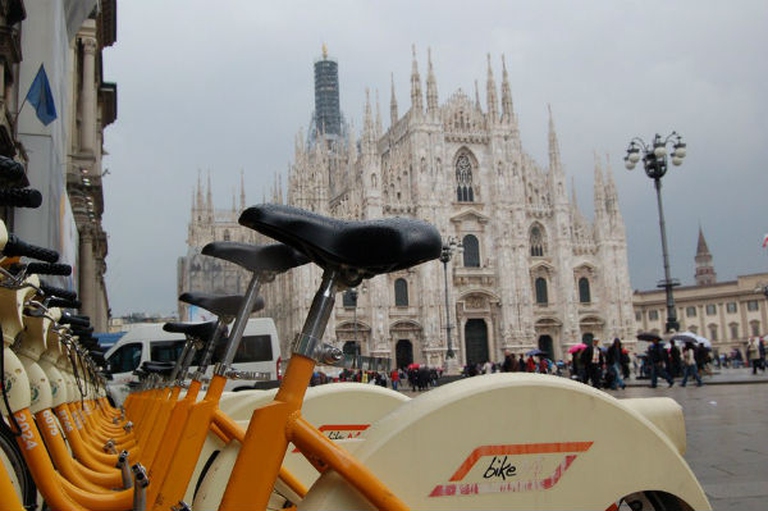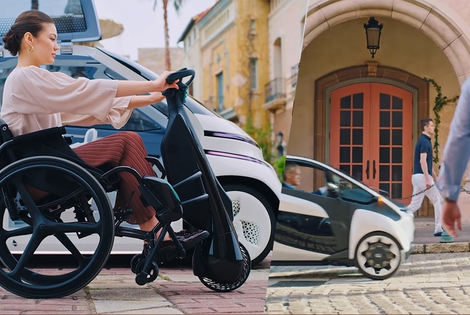
Milan has announced one of Europe’s most ambitious mobility schemes, known as Strade Aperte (open roads). Its goal is to reduce cars in phase 2 of the lockdown by increasing bike lanes and pedestrian areas.
Una rivoluzione verde quella che sta coinvolgendo i centri di molte città europee. Puntando su trasporto pubblico, ciclabile e sullo sharing.
Oslo’s announcement, made just a few days ago, comes all the way from the city council: cars will be banned from the city centre by 2019. Moreover, the council will build at least 60 kilometres of bicycle lanes in order to favour bike mobility.
“We want to have a car-free centre,” said Lan Marie Nguyen Berg of the Green Party. “We want to make it better for pedestrians, cyclists. It will be better for shops and everyone”. This is nothing more than the latest signal towards emissions reduction and sustainable mobility. Oslo was one of the first cities to invest in electric mobility: it already has 4,000 electric vehicles charging stations.
It is not the only city willing to ban cars from the old town. For instance, Helsinki, other capital of the Scandinavian peninsula, will be car-free by 2025. It will increase public transport and enhance bicycle mobility.
England is also taking similar steps. Cambridge can be entered by car only by travelling one single road, whilst it can be entered freely by bike, public transport and on foot. The experiment is having success: the city centre revived, commercial services included.
Not to mention Hamburg, likely to become Europe’s greenest city. Public parks, green areas, and bicycle lanes network will lead, according to administrators, to abandon cars within 20 years. Moreover, Paris will double bicycle lanes by 2020, whilst speed limit in the city centre will be set to 30 km/h.
What about Italy? Milan has reduced car traffic thanks to Area C (restricted traffic area), car and bike sharing, and the opening of two new metro lines. “Ten years ago, in Milan there were 65 cars in 100 inhabitants, today 51 in 100. In 2014, car registrations decreased by 15,000 compared to 2013 and by 38,000 compared to 2011,” said assessor Pierfrancesco Maran.
“These figures demonstrate how the offer of new mobility opportunities is essential to a more sustainable mobility. This allows us to compete with large European cities in the field of sustainability”.
Siamo anche su WhatsApp. Segui il canale ufficiale LifeGate per restare aggiornata, aggiornato sulle ultime notizie e sulle nostre attività.
![]()
Quest'opera è distribuita con Licenza Creative Commons Attribuzione - Non commerciale - Non opere derivate 4.0 Internazionale.
Milan has announced one of Europe’s most ambitious mobility schemes, known as Strade Aperte (open roads). Its goal is to reduce cars in phase 2 of the lockdown by increasing bike lanes and pedestrian areas.
Formula 1, the world’s most important auto racing championship, has decided to turn the page and aim for carbon neutrality with the support of its teams, drivers and the whole racing circus.
Toyota and LifeGate began telling the story of hybrid mobility back in 2006, now, on the road to the Tokyo 2020 Olympics, they’re still treading the path of sustainable mobility. Here are the main steps of the journey.
Germany’s first solar bicycle lane could be the prototype for the roads of the future. The photovoltaic tiles melt snow and ice, and are capable of absorbing noise.
The Vespa is back in an electric version. Production has just started and the first models can be reserved online starting from October.
The city of Utrecht, in the Netherlands, is home to a bridge for cycling and walking that stretches over roof garden of a Montessori school. This project enhances practicality and will allow families to bring children to school by bike, passing through green areas. Despite their functionality, bridges are often seen as an infrastructure that is
The Lego hair bike helmet is the latest Internet craze. For now it’s just a prototype but production on a large scale will probably start soon.
Just as fires often give way to new growth, after the Dieselgate scandal, which saw Volkswagen cheating on US emission rules, the German car manufacturer radically changed course, beginning to focus on sustainable mobility. The German car company aims to propose thirty zero-emission models and produce at least one million battery electric vehicles by 2025. An ambitious mission
Sustainable, two-wheel mobility is triumphing in Copenhagen. After years of investments, policies, and infrastructural changes, bikes now outnumber cars in the city centre. The website Copenhagenize has released data linked to the number of vehicles entering the city centre, which are monitored by the city’s administration on a daily basis. Last year, 265,700 bikes have entered










